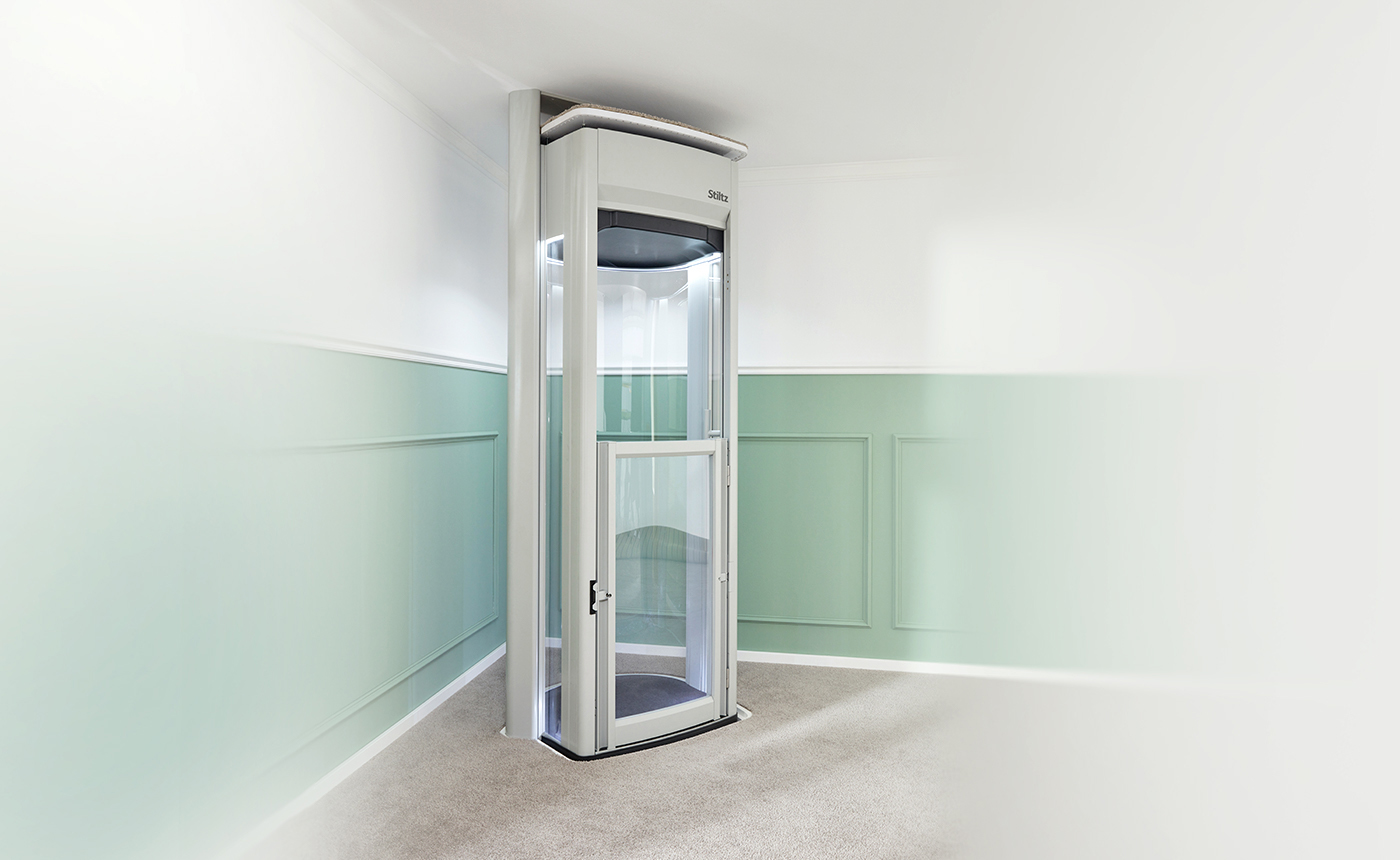Locate Dependable Lift Repair Near Me for Fast and Affordable Solution
Wiki Article
Exploring the World of Lifts: Typical Issues Encountered by Numerous Lift Systems
As we browse via the vertical transportation systems of contemporary structures, elevators stand out as an essential component of our everyday lives. From hydraulic lifts to traction systems and machine-room-less styles, each lift type comes with its set of common issues.Hydraulic Lifts
Hydraulic elevators, typically favored for low-rise buildings, utilize fluid stress to regulate the movement of the lift auto (lift repair companies). This device involves a hydraulic pump pushing oil right into a cyndrical tube, creating the elevator to move in the preferred direction. While hydraulic elevators are understood for their smooth and silent operation, they do come with their own set of typical problemsOne widespread trouble with hydraulic elevators is oil leak. The seals in the hydraulic system can wear over time, resulting in oil seepage. If left unaddressed, this not just develops a mess however can likewise impact the lift's efficiency. Furthermore, problems with the control system, such as malfunctioning valves or a malfunctioning pump, can trigger disruptions in the elevator's activity.
Regular upkeep and prompt repairs are vital to guarantee the smooth functioning of hydraulic elevators. By attending to these usual concerns proactively, structure proprietors can reduce downtime and guarantee the safety and performance of their upright transportation system.
Grip Lifts
When thinking about vertical transport systems in structures, an additional typical type aside from hydraulic elevators is the grip elevator. Grip elevators operate making use of a system of ropes and counterweights that relocate the lift vehicle by clutching onto the hoist ropes. This mechanism allows for smoother and much faster vertical transportation compared to hydraulic systems.Among the usual problems dealt with by grip elevators is rope wear. The consistent movement of the ropes within the traction system can lead to tear and use with time, potentially causing the lift to breakdown or become harmful for usage. Normal assessments and maintenance of the ropes are vital to guarantee the lift's correct functioning and safety and security.
Another issue that grip elevators might encounter is associated with the control system. Problems with the control system can cause concerns such as erratic activity, delays in action times, and even complete shutdowns. Regular testing and upkeep of the control system are critical to stop such concerns and guarantee the elevator's reliability.
Machine-Room-Less (MRL) Elevators

One of the key parts of MRL elevators is the portable gearless traction machine that is mounted within the hoistway. This machine successfully drives the lift auto without the requirement for bulky tools discovered in traditional traction lifts. Furthermore, MRL lifts normally use a weight system to balance the auto, additional improving their energy performance.
Despite their benefits, MRL lifts may encounter challenges connected to repair and maintenance because of the constrained room for equipment installment. Ease of access for servicing parts within the shaft can be restricted, needing specialized training for service technicians. Correct upkeep schedules and routine assessments are critical to make sure the ongoing smooth procedure of MRL lifts.
Overloading and Weight Limit Issues
Are lifts geared up to handle excess weight loads effectively and securely? Overwhelming and weight limit issues are vital problems in lift procedures. Lift manufacturers style lifts with specific weight capabilities to make sure guest safety and security and devices durability. Surpassing these weight limitations can cause various issues, including mechanical failures, hold-ups, and safety and security threats.When elevators are overloaded, it puts excessive pressure on the electric motor, cords, and other components, possibly triggering failures or breakdowns. If they identify excess weight, security mechanisms such as sensing units and overload sensors are in place to stop elevators from relocating. Furthermore, exceeding weight limitations can cause enhanced power usage and damage on the elevator system.
To mitigate overwhelming problems, constructing managers need to prominently present weight limitations in lifts and educate residents on the importance of sticking to these restrictions - lift repair companies. Routine upkeep checks by qualified professionals can likewise aid make certain that lifts are operating within secure weight criteria. By attending to overloading and weight restriction problems proactively, structure proprietors can improve elevator safety and performance
Electrical System Failings
Exceeding weight restrictions in elevators can not only result in mechanical issues however additionally potentially add to electric system failures within the lift facilities. Electric system failures are a critical issue in lift procedure, as they can trigger unforeseen closures, breakdowns, or perhaps safety risks. One typical electric concern is the getting too hot of parts due to too much current circulation created by straining the lift past its capacity. This can result in damage to the electric motor, circuitry, or control systems, resulting in costly repair work and downtime.Moreover, power rises or changes in the electrical supply can also disrupt the lift's procedure, affecting its performance and safety. These electric disruptions can harm delicate elevator elements such as control panels, circuit card, or sensors, resulting in system failures. Normal upkeep and evaluations are important to identify and resolve possible electric problems promptly, making certain the reliable and risk-free operation of lift systems. By adhering to weight limits and carrying out routine electric system checks, structure owners can minimize the danger of electrical failings in lifts.
Conclusion

Hydraulic lifts, frequently browse around here favored for low-rise structures, utilize fluid stress to control the motion of the elevator automobile.When considering upright transportation systems in structures, one more typical kind aside from hydraulic lifts is the traction lift. Traction elevators run using a system of ropes and weights that move the elevator car by grasping onto the hoist ropes. Unlike traditional lifts that read this article require a separate equipment room to house the tools, MRL elevators integrate many of the parts within the shaft, getting rid of the demand for a specialized machine space.In verdict, elevators deal with typical concerns such as hydraulic breakdowns, traction system failures, and electric system issues.
Report this wiki page